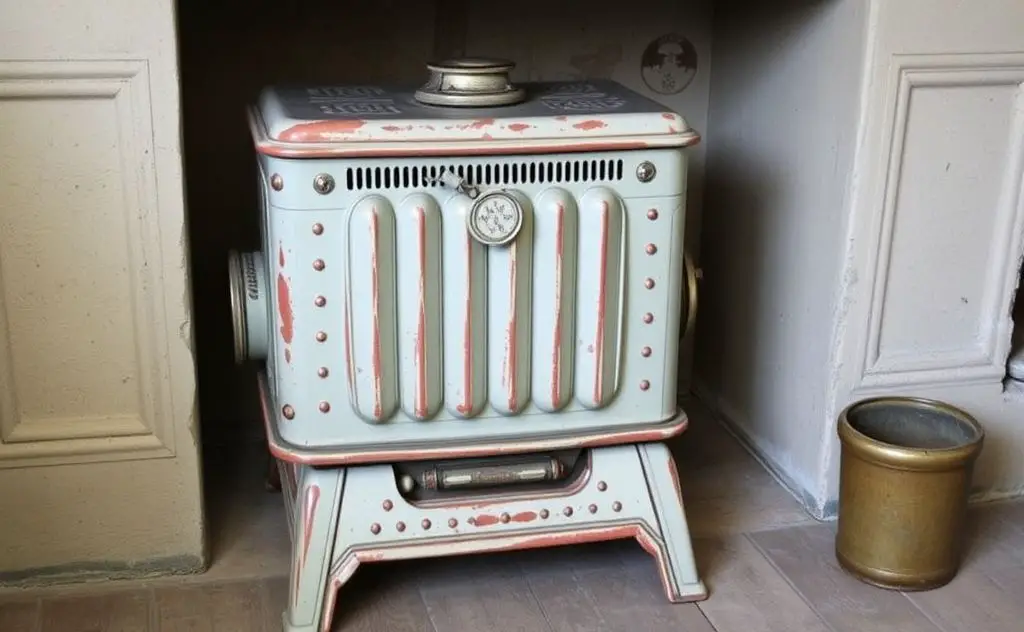To restore a vintage heater and enhance its charm, first clean it thoroughly to remove dust and rust, then repaint with heat-resistant paint, replace any damaged parts, and consider adding decorative elements like vintage knobs or stencils to highlight its unique character.
Restoring a vintage heater brings warmth and character to any space. With careful cleaning, refinishing, and attention to detail, you can transform an old heater into a functional showpiece. This guide covers every step from initial inspection to final decorative touches.

Assessing Your Vintage Heater
Before starting any restoration, thoroughly examine your heater. Look for:
- Cracks or damage in metal casting
- Rust and corrosion levels
- Missing or broken parts
- Electrical or fuel system condition
Check if the heater still works safely. For electric models, test wiring insulation. For fuel-burning units, inspect burners and ventilation. Consider consulting a professional if you’re unsure about safety.
Identifying Heater Types
Common vintage heaters include:
| Type | Characteristics |
|---|---|
| Radiant | Glowing metal elements, often with decorative fronts |
| Oil-filled | Heavy cast iron with oil reservoir |
| Ceramic | Porcelain elements with metal housing |
Understanding your heater type helps determine appropriate restoration methods. For example, oil-filled radiators require special care when draining and refilling.

Cleaning and Surface Preparation
Proper cleaning is essential for successful restoration:
- Disconnect power or fuel source
- Remove loose dirt with soft brush
- Use mild detergent solution for general cleaning
- For stubborn grime, try vinegar or baking soda paste
- Dry thoroughly before proceeding
Removing Rust and Corrosion
For metal surfaces with rust:
- Use steel wool or wire brush for light rust
- Apply commercial rust remover for heavy corrosion
- Consider electrolysis for intricate pieces
- Protect bare metal immediately after cleaning
According to metal experts, proper rust treatment prevents future deterioration.
Refinishing Techniques
Choose finishes that match the heater’s original appearance while ensuring safety:
Metal Surfaces
Options include:
- High-temperature spray paint for functional parts
- Powder coating for durable finishes
- Polished bare metal with protective wax
- Patina solutions for aged look
Decorative Elements
Enhance visual appeal with:
- Gold leaf accents on raised details
- Enamel paints for colored sections
- Replacement of ceramic tiles or glass panels
Functional Restoration
For heaters you plan to use:
- Replace all electrical wiring and insulation
- Install new heating elements if needed
- Clean or replace fuel delivery systems
- Test safety features thoroughly
Consider upgrading to modern ceramic heating elements for improved efficiency while maintaining vintage appearance.
Adding Vintage Charm
Final decorative touches complete the restoration:
- Attach reproduction manufacturer plates
- Add period-appropriate knobs and handles
- Display with vintage accessories
- Create custom stands or surrounds
For non-functional heaters, consider converting to LED lighting while preserving the original look. This creates a safe display piece with warm ambiance.

